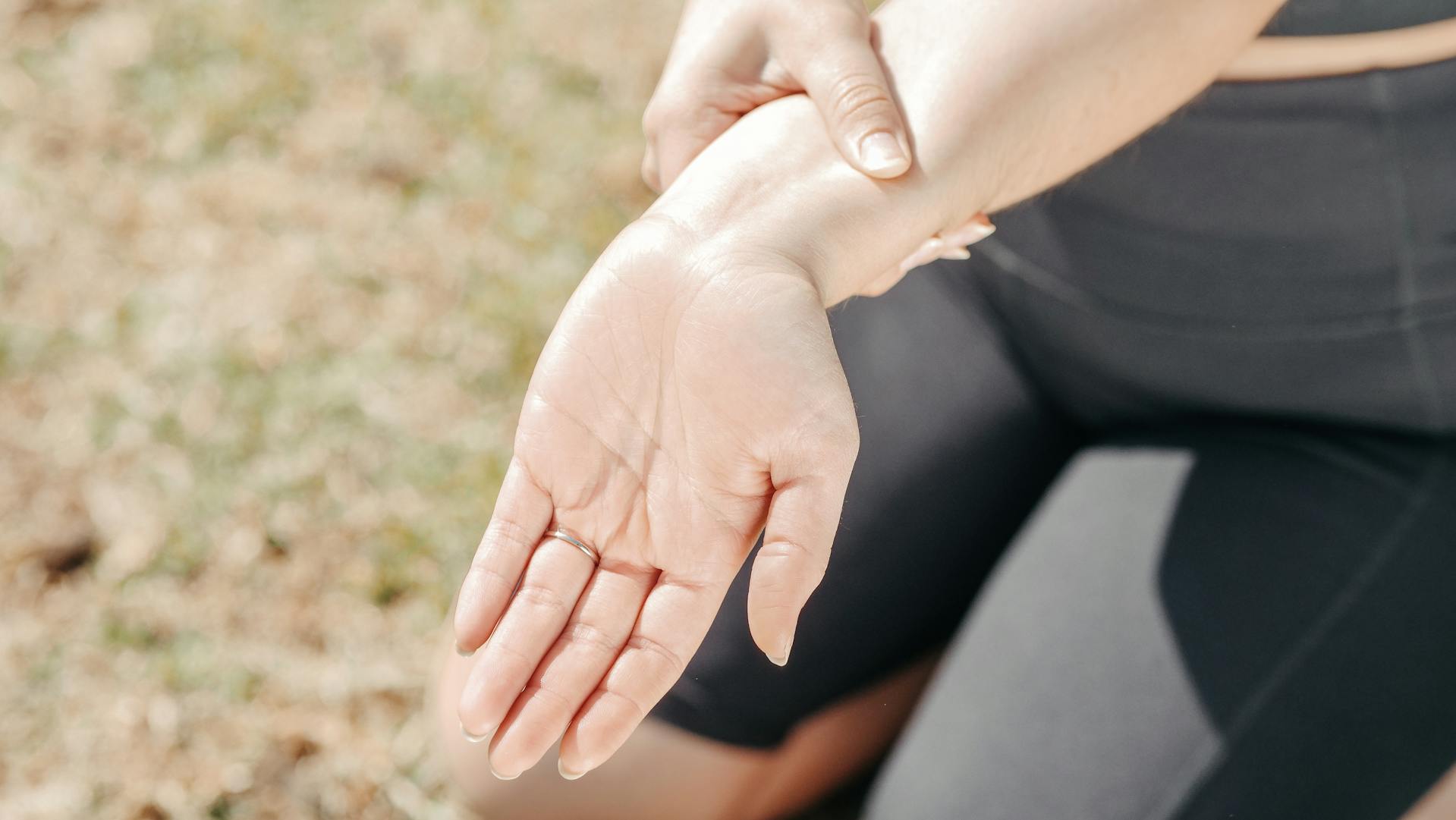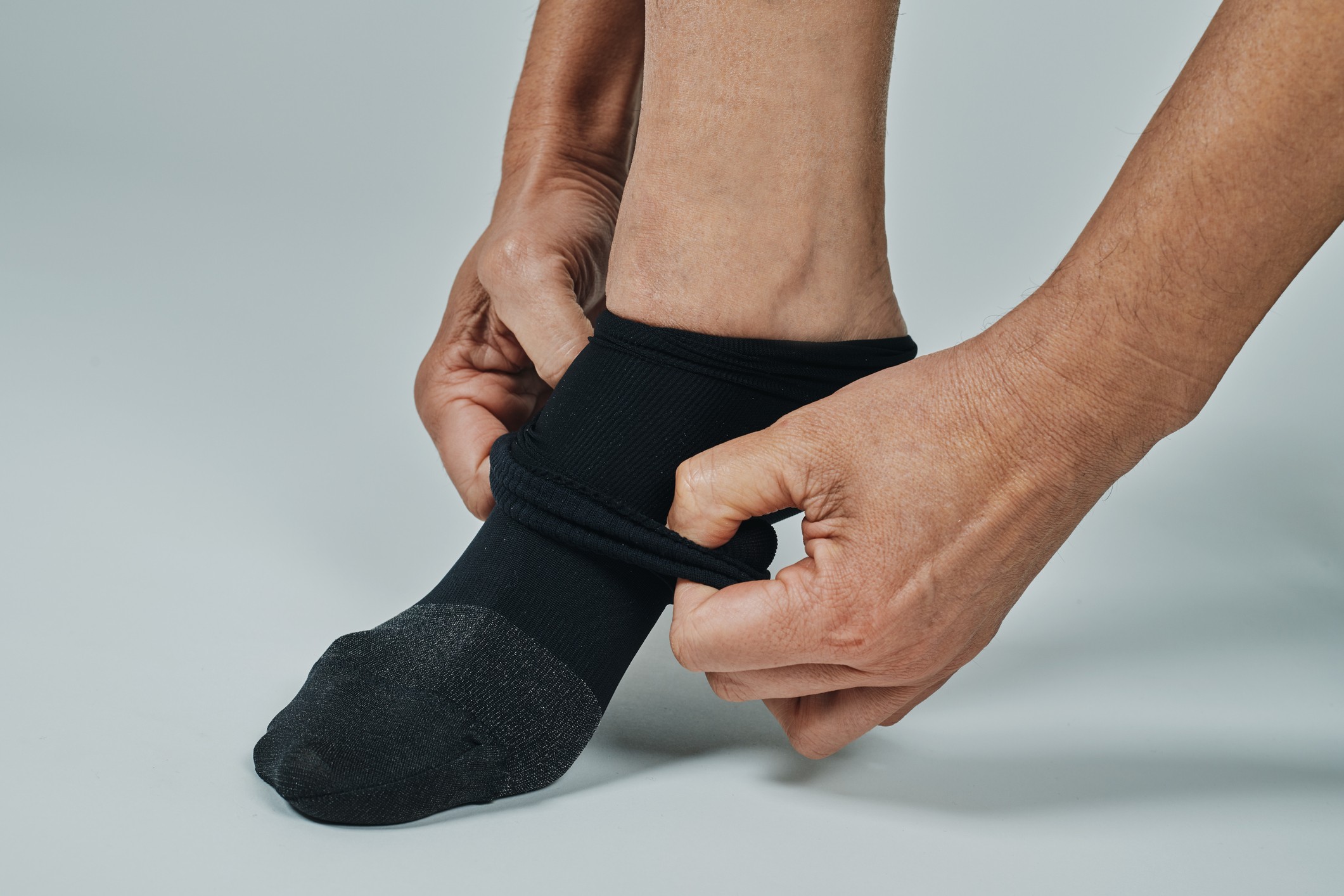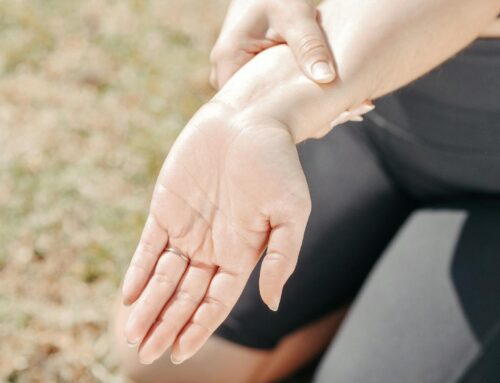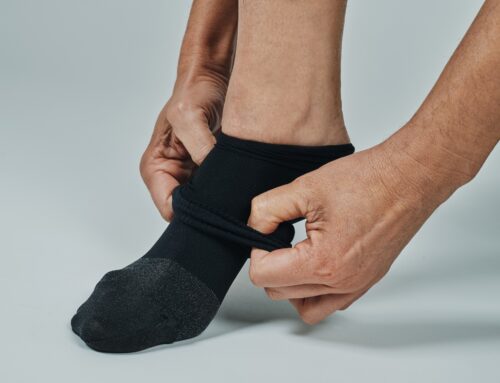As temperatures drop and sidewalks become slick, the right winter footwear is important for staying comfortable and protecting foot health. Cold weather can put stress on our feet, leading to reduced circulation, foot fatigue, and increased risk of slips and falls. Wearing boots that provide warmth and support helps protect against common cold-weather foot issues while reducing overall strain.
Standard winter boots without proper support or insulation can leave feet vulnerable to a range of risks. Poorly fitted or unsupportive boots can increase the chances of falls, especially on icy or uneven ground. Limited traction raises the risk of slips, which may lead to injuries like ankle sprains. Without insulation, feet are also more prone to issues like numbness, frostbite, or joint stiffness, particularly during prolonged outdoor activities.
Orthopedic winter boots offer a major advantage for those who need extra support. Unlike regular winter footwear, these boots are designed with features like optimal alignment, arch support, and ankle stability, preventing discomfort and foot strain during long days in the cold.
Benefits of Orthopedic Boots for Winter
Unlike regular boots, orthopedic options are crafted with attention to both stability and individual foot needs, making them an ideal choice for those seeking extra support or custom fit. From reducing foot fatigue on long winter walks to protecting against the cold, orthopedic boots help wearers enjoy the winter season with enhanced comfort and security.
Enhanced Support and Stability
Orthopedic winter footwear is crafted to provide superior support and stability, an advantage when navigating slippery or uneven winter terrain. Unlike regular boots, orthopedic models are designed with additional arch support, ankle stability, and cushioning, making them ideal for long winter walks or standing outdoors.
These features help keep the foot properly aligned, which not only improves balance but also minimizes foot fatigue by distributing body weight evenly. For individuals who experience foot pain or discomfort, the added stability can make winter outings far more comfortable and enjoyable.
Protection from Cold-Related Foot Conditions
Cold weather brings a range of challenges, particularly for those with sensitive feet or circulation issues. Orthopedic winter boots help prevent common cold-weather foot problems, such as frostbite, numbness, and joint stiffness, by providing adequate insulation and protection against the elements. Many of these boots are made with materials that retain heat and repel moisture, keeping feet dry and warm even in extreme conditions.
This added protection is especially beneficial for people with diabetes, Raynaud’s phenomenon, or other conditions that increase sensitivity to cold, as it reduces their risk of complications related to cold exposure.
Better Traction for Ice and Snow
Orthopedic winter boots often feature slip-resistant soles specifically designed for icy or snowy conditions. These boots come with treads that enhance grip, allowing wearers to feel more secure on wet or uneven surfaces. The tread patterns on orthopedic boots help distribute weight evenly and improve stability, reducing the risk of falls and injury.
Custom Fit and Comfort
These boots can be tailored to accommodate various foot shapes and sizes, which is especially beneficial for people with unique foot conditions. Orthopedic boots often offer additional space or specialized designs to address issues like bunions, hammertoes, or the need for custom orthotics.
This customization not only improves comfort but also ensures that wearers receive the specific support they need, helping to prevent discomfort and injury.
For individuals who rely on orthotics, orthopedic winter boots provide the versatility to fit inserts without compromising the fit or support, enhancing comfort all winter long.
Choosing the Right Winter Footwear
Selecting the right winter footwear is about more than just style; it’s about finding boots that offer reliable warmth, support, and durability for the season ahead. With winter conditions often challenging foot health, the right pair of boots can make a significant difference in comfort and safety.
Prioritizing features like insulation, waterproofing, and traction can keep feet protected in cold, wet conditions, while specialized support features reduce strain and improve overall stability.
Features to Look For
Selecting the right winter footwear requires attention to features that provide warmth, protection, and support. Insulation is essential for keeping feet warm, especially in freezing temperatures, while waterproofing keeps moisture out, preventing discomfort and cold-related issues. Durable materials, like high-quality leather or synthetic fabrics, add longevity and resistance to wear and tear in tough winter conditions. Pairing winter boots with insulated or compression socks can further improve warmth and circulation, enhancing comfort in low temperatures.
Supportive elements are just as important. Look for boots with firm heel counters to provide stability, arch support to maintain foot alignment, and shock-absorbing midsoles that cushion each step. These features ensure that your winter boots not only protect against the elements but also support foot health, reducing strain and fatigue during long winter days.
Custom Orthotics Compatibility
For those who rely on custom orthotics, orthopedic winter boots are an excellent choice, offering the room and structure necessary to accommodate inserts. Standard winter boots often lack the depth or adjustable fit needed to comfortably use orthotics, which can compromise both fit and support.
Orthopedic boots are designed with these needs in mind, providing extra space and support to ensure the orthotics work effectively without causing discomfort or slippage. This compatibility allows wearers to benefit from the full advantages of their orthotics, maintaining comfort and proper foot alignment even in winter conditions.
Quality Brands to Consider
When choosing winter footwear, it’s wise to invest in reputable brands known for their commitment to orthopedic benefits, durability, and quality construction. Look for brands with a track record of producing high-quality orthopedic boots, as these are more likely to offer the essential features of insulation, support, and traction needed for winter.
A well-made boot not only lasts longer but also provides better protection and comfort, making it a worthwhile investment for your foot health during the cold months.


These are just a couple options within a range of quality winter boots available.
How to Care for Orthopedic Winter Footwear
Winter conditions can be hard on footwear, with moisture, salt, and grime taking a toll on materials and structure. Regular cleaning and maintenance not only keep boots looking their best but also preserve their insulation, grip, and support. Beyond cleaning, appropriate storage practices help extend the life of your boots, allowing them to retain their shape and function year after year.
Cleaning Tips
Regular cleaning not only improves the appearance of the boots but also helps maintain their insulation and grip, ensuring they provide warmth and traction when you need it most. Start by brushing off dirt and debris after each wear, especially around the treads, as buildup can reduce traction on icy surfaces. For deeper cleaning, use a mild soap and water solution, taking care to avoid soaking the boots, which can damage the insulation.
Applying a waterproofing spray or treatment periodically can help keep moisture out, prolonging the boots’ lifespan and keeping your feet dry in wet, snowy conditions. After applying the waterproofing treatment, let the boots dry completely in a cool, dry place. Regularly treating your orthopedic winter boots helps them withstand the harsh conditions of winter, providing long-lasting durability and protection.
Storing Boots Properly
Proper storage is just as important as regular cleaning to keep your orthopedic winter boots in good shape season after season. When winter ends, clean and dry the boots thoroughly before putting them away to avoid mold or moisture damage. Store them in a cool, dry place away from direct sunlight, which can cause materials to crack or fade over time.
To help the boots retain their shape, consider inserting boot trees or stuffing them with paper. This prevents any sagging or creasing that could compromise their fit and support.
With proper care, your orthopedic winter boots will remain supportive, comfortable, and durable for many winters to come.
Equip Your Feet for Winter’s Challenges
Orthopedic winter boots offer more than just warmth; they provide essential support, stability, and protection tailored to withstand cold and challenging conditions. With enhanced features like custom-fit options, superior traction, and specialized insulation, these boots ensure foot health and comfort all winter long, reducing the risk of cold-related foot issues and slips on icy surfaces.
Investing in quality, supportive winter footwear is a step toward safeguarding your feet and enhancing overall well-being throughout the season. Book a fitting with Care-Med and explore our range of orthopedic winter boots, custom orthotics, and personalized solutions for your foot health. Start the season off right!
Share This Story, Choose Your Platform!
Table of Contents
We specialize in orthotics, body braces, and compression wear tailored to your unique needs in Toronto. Reach out to us at info@caremed.care or call 416-782-5353 to book your fitting and consultation.
Experience the difference of customized solutions designed just for you.











